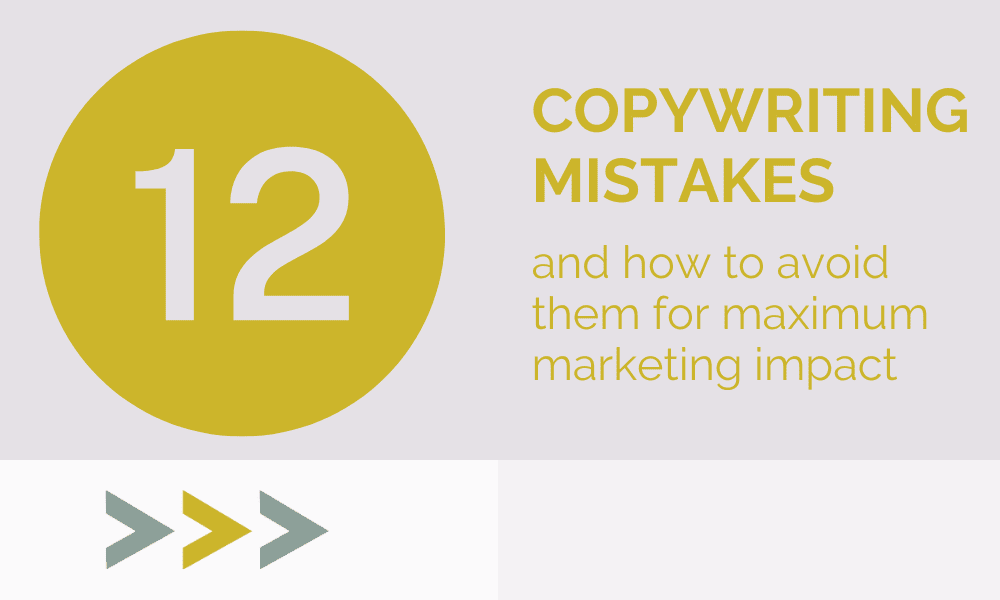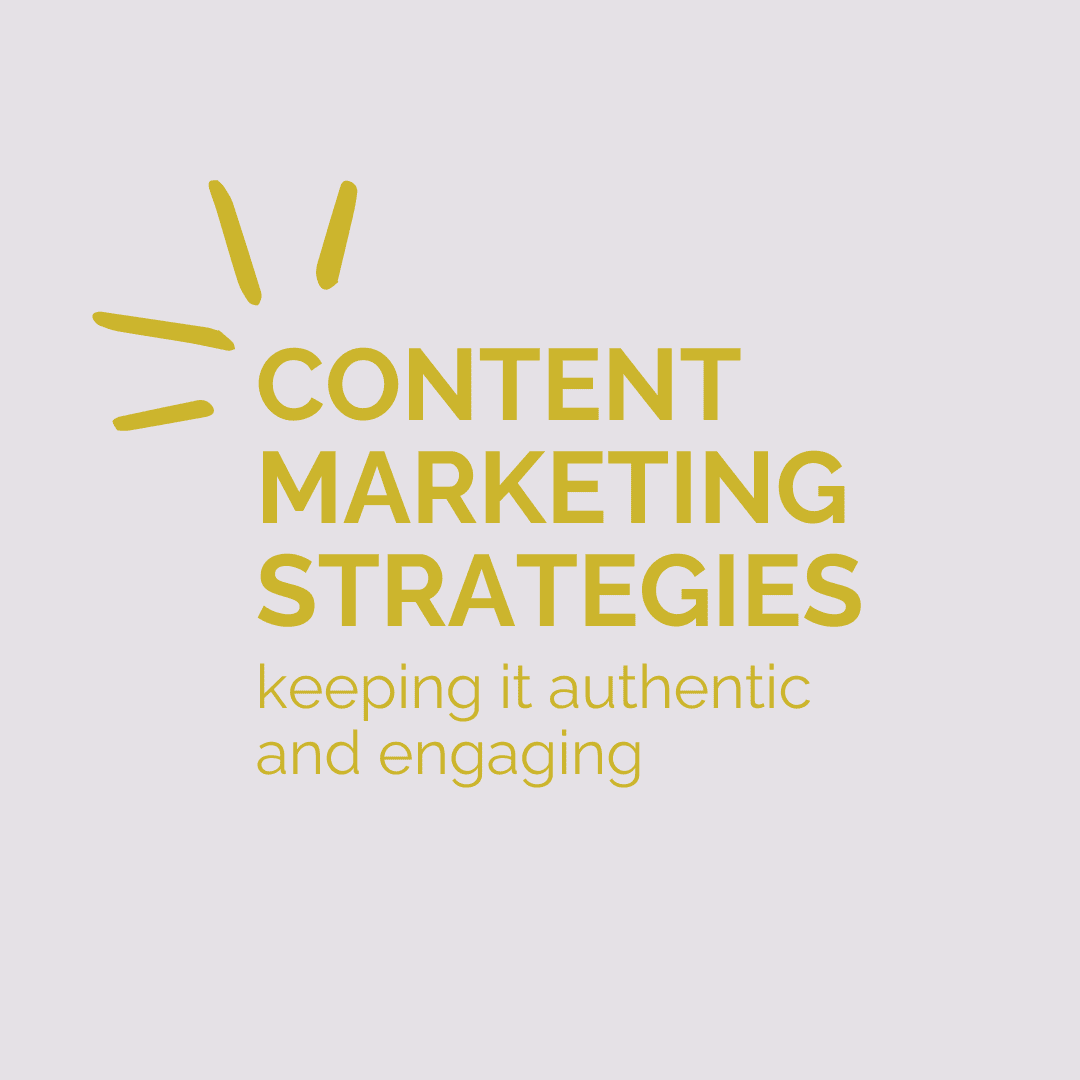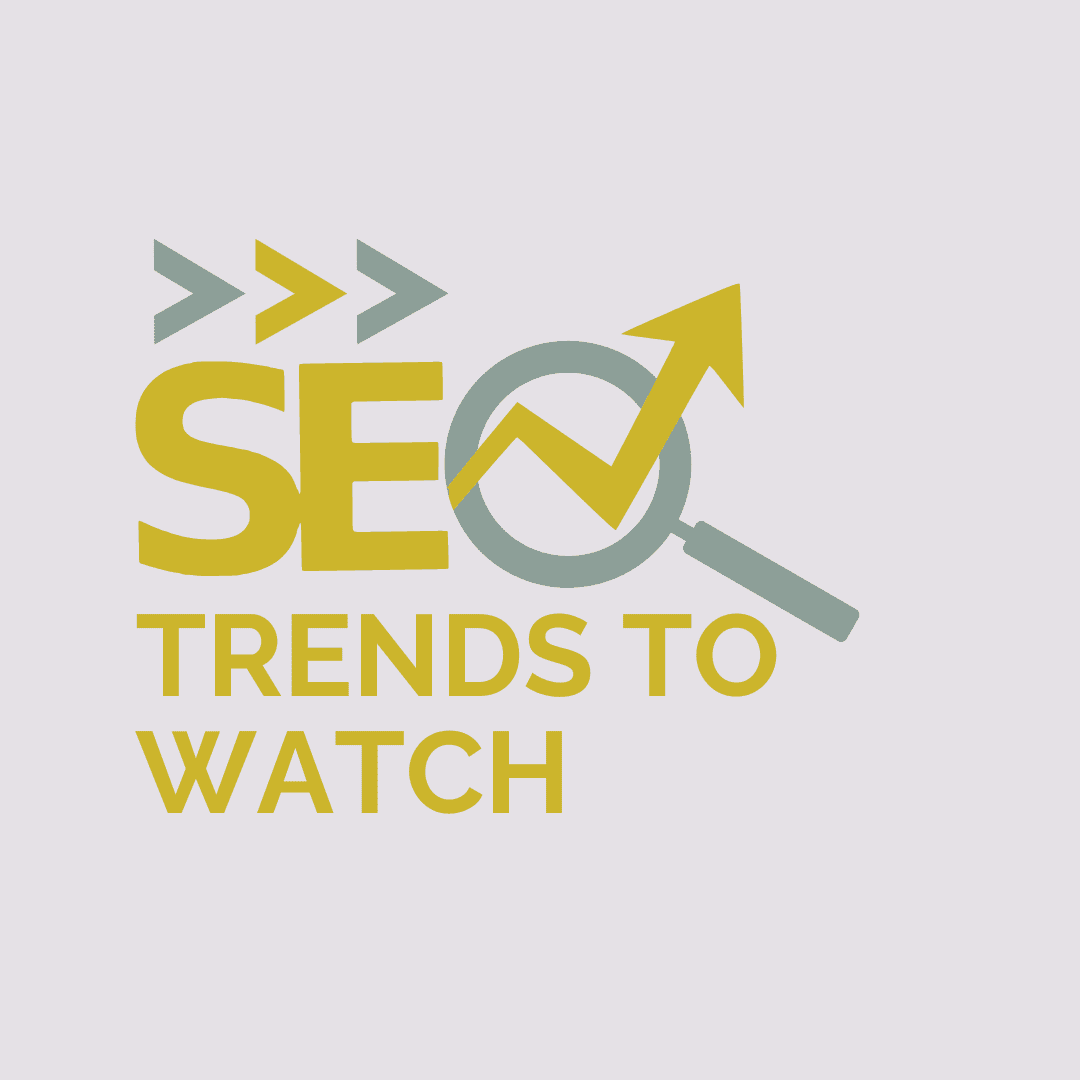
THE LATEST SOCIAL MEDIA UPDATES – APRIL 2022
A lot can change quickly in the digital world, which makes staying up to date on the latest algorithms, trends, products and more challenging. Here are some highlights of some of the most recent changes that may affect how you reach your audience.

NEW FAVORITES AND FOLLOWING VIEWS
Instagram has given users more control of their content feed. The new Favorites and Following views allow users to prioritize content from accounts they follow or those they’ve added to their 50 favorites. Posts are shown in chronological order without algorithm, which means content won’t be suggested to you based on your activity, interests, etc.
How do you access this new feature? Each time you open the app, Instagram defaults to its traditional feed strategy. You can switch to Favorites or Following views by tapping the arrow next to Instagram in the top left corner of the app. The drop-down will allow you to choose which view you prefer.

So what do these new feed options mean for your organic social marketing efforts? Time will tell if users will take to these new views and go through the effort of switching to these feeds every time they open the app. They may also continue to prefer the content Instagram serves to them because let’s face it, it’s often relevant and highly curated based on your past activities. Although, if your business lands itself in the Favorites and Follower categories of users who prefer those views that’s a great place to be!
If you’re curious how Instagram’s algorithm works, this article from head of Instagram, Adam Mosseri, offers some great insights into how the platform uses a mix of algorithms, classifiers and processes.
TAGGING PRODUCTS
Originally only available to approved creators in the app, Instagram is now allowing all users to tag products in their feed posts. For e-commerce brands this means there’s a greater chance your products or brand could be tagged by more people, thus gaining greater reach. Business and creator accounts can take it a step further and tag products in their stories and reels.
To thwart people using the tags in a negative way, Instagram gives brands full control over who can tag their products. In addition, businesses can also remove tags of their items and brand.
CREATE EVENT REMINDERS
Users with a professional account can create a reminder for an event as they create a post. You’ll be able to upload a photo/graphic, enter the event’s title as well as a start time and end time. This allows people who see your event post to get a reminder for it by tapping the bell icon, which appears on the bottom left of the post. Instagram will send three reminder notifications; one 24 hours before the event in each user’s feed, another 15 minutes prior that will come through the user’s feed as well as a push notification, and a notification at the time of event.
Instagram saves the event details so when creating additional posts related to your event you can simply choose the event to add the reminder. Check out Instagram’s Help Center for a complete how-to.
If your event requires ticket purchasing or registration the process of gaining conversions on this app becomes a little more challenging thanks to the platform’s lack of active URLs in posts. You can overcome this by directing people to the link in your bio and ensuring the event messaging is front and center when heading to your webpage. Another option is to use a linking app, such as Later. Its Linkin.bio feature allows you to link your post images to URLs. When the user clicks on an image a window opens in Instagram that brings them directly to your content, providing a pretty seamless experience.
You will need to use the customized URL Later provides in bio so if you don’t post linkable content often, such as blogs, information related to specific pages on your website, etc. it may not be the best long-term option. The app offers a free and paid version.
Another change related to Instagram events is the capability to use a “scheduled” sticker in stories to create reminders for an event. With these you’ll also be able to include a direct link to your event listing.

LINKEDIN OFFERS NEWSLETTER CAPABILITIES TO COMPANY PAGES
LinkedIn has announced it’s offering its newsletter capabilities to company pages, a feature originally reserved for individual accounts. According to LinkedIn:
“Newsletters, a new way to build communities around topics that matter most to your customers with recurring Articles from your Page that members can subscribe to.”
The feature is a great way businesses can reach their audience and build a brand following by providing deeper, valuable content natively. It also can be a good way for companies to position themselves as the expert in their industry, creating the potential to gain a stronger following. And if they’re already creating a blog on their website, that existing content can easily be repurposed here. If you’re concerned about driving traffic to your website consider posting half the article and providing a link to your blog to read the rest. Here’s how LinkedIn says the new feature can help brands:
-
Drive immediate reach with an automatic, one-time notification to your Page followers when you create your Newsletter and by sharing your content outside of LinkedIn to increase viewership.
-
Sustain an engaged community of opt-in subscribers with on-platform and email notifications when new content is published.
-
Communicate with a free, native solution that makes it easier than ever to draft and publish long-form content.
To start creating newsletters head to your company page on LinkedIn. On the all pages tab you will see “Newsletter” and a plus sign under the “Manage” column on the right. Click the plus sign to get started.
GOOGLE UPDATES ALGORITHM TO IMPROVE PRODUCT REVIEW IN SEARCH
Let’s say you’re looking for a new air fryer and you consult Google to search for “best air fryers”. Google would serve you up some of its top reviews for air fryers based on what it’s identified as “expert knowledge” and “first-hand research” content. But with its latest improvements, the search engine will now provide a more comprehensive approach to determining the most relevant content for your results. According to Google the site’s algorithm will now base results off of the following:
-
Include helpful in-depth details, like the benefits or drawbacks of a certain item, specifics on how a product performs or how the product differs from previous versions.
-
Come from people who have actually used the products, and show what the product is physically like or how it’s used.
-
Include unique information beyond what the manufacturer provides — like visuals, audio or links to other content detailing the reviewer’s experience.
-
Cover comparable products, or explain what sets a product apart from its competitors.
While you won’t have any control over what someone says about your product, Google’s criteria above is helpful when providing guidance to your brand advocates on the type of feedback you’d like to see from your customers.
Got questions about how to organically market your business on social media? Give us a shout!





